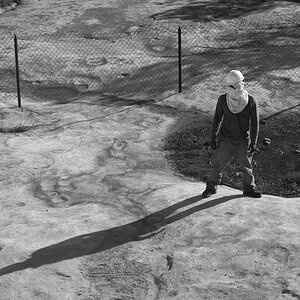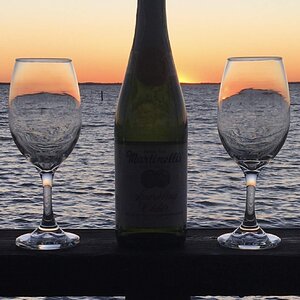OceanMetTheSky
TPF Noob!
- Joined
- Jun 5, 2013
- Messages
- 2
- Reaction score
- 0
I just purchased a Nikon d5200. I am new to photography, but I've always been interested in learning how to achieve that "HDR" look to photos, and that really vibrant and colorful effect.
Basically, I'm looking for some lenses or filters that are reasonably priced and that will have various features like, making my pictures appear to be more vibrant/colorful, more detail, closer up, etc.
I really like taking pictures of the beach/ocean, and I would absolutely LOVE a filter or a lens that will help me to get great night photos, such as city lights or night life.
So, what are some good lenses or filters to achieve vibrant images of things like beaches, night photos, and portraits of people, as well as achieving an HDR effect?
Please help me out!
Basically, I'm looking for some lenses or filters that are reasonably priced and that will have various features like, making my pictures appear to be more vibrant/colorful, more detail, closer up, etc.
I really like taking pictures of the beach/ocean, and I would absolutely LOVE a filter or a lens that will help me to get great night photos, such as city lights or night life.
So, what are some good lenses or filters to achieve vibrant images of things like beaches, night photos, and portraits of people, as well as achieving an HDR effect?
Please help me out!



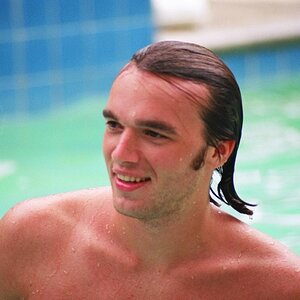
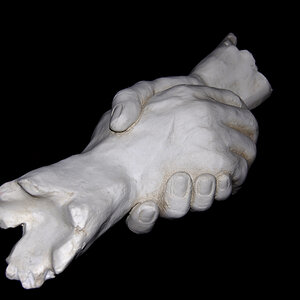

![[No title]](/data/xfmg/thumbnail/37/37608-63b0d340b0972479217b548a4026df96.jpg?1619738149)
![[No title]](/data/xfmg/thumbnail/33/33447-c3f5563c9b8b1f19498a3062f60f92b1.jpg?1619735973)
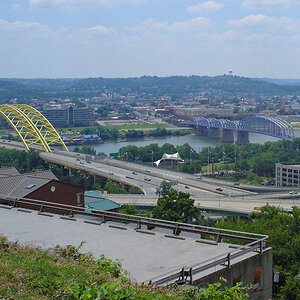
![[No title]](/data/xfmg/thumbnail/31/31980-e5048a424621c7b3cd0d306d63c09d67.jpg?1619735137)
